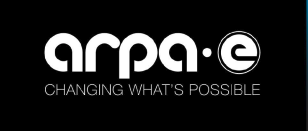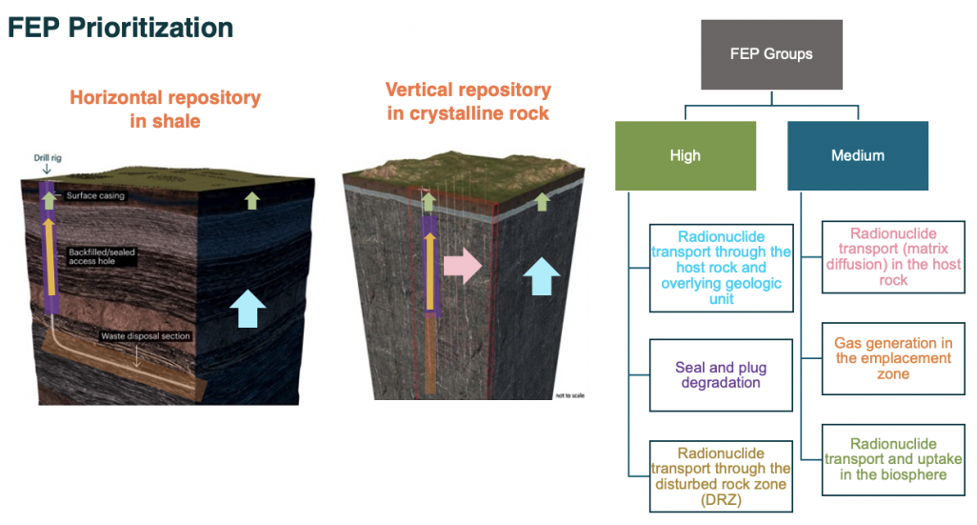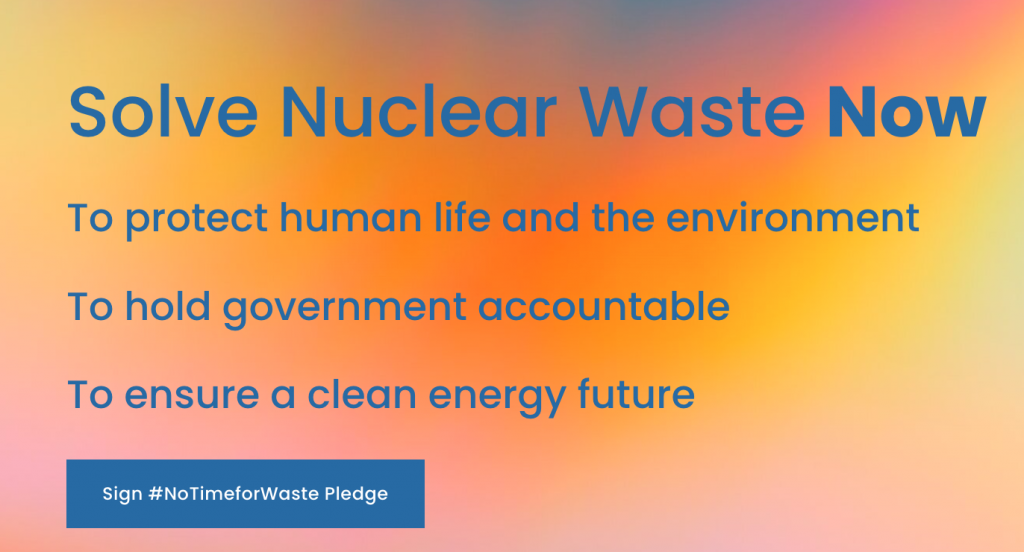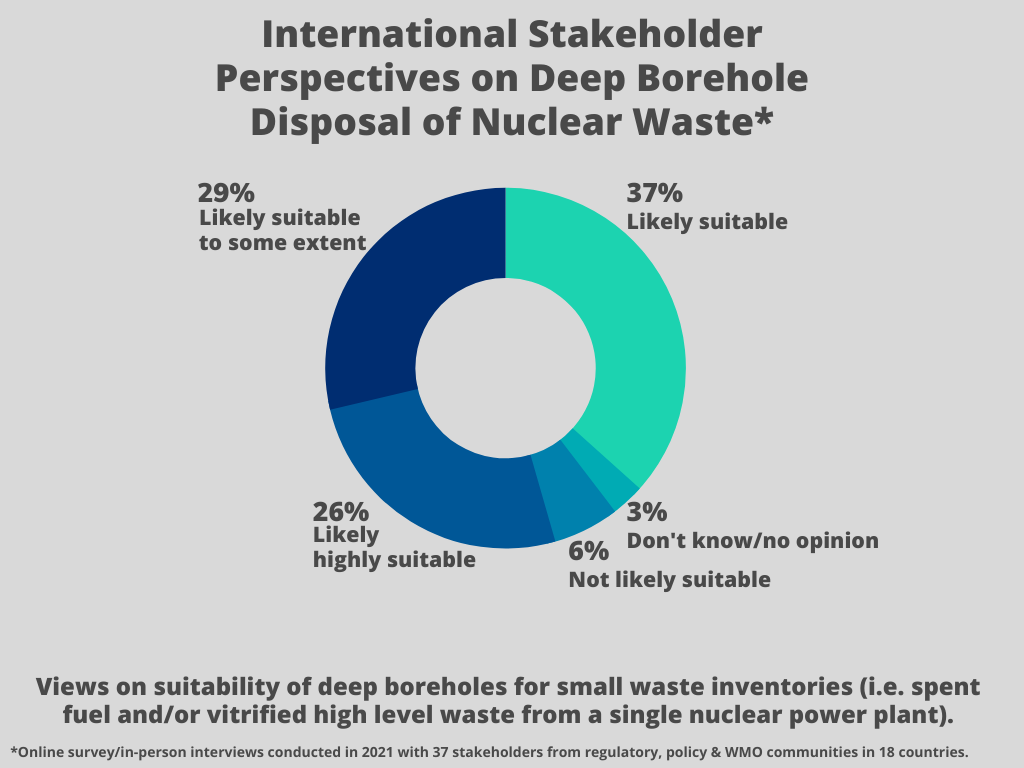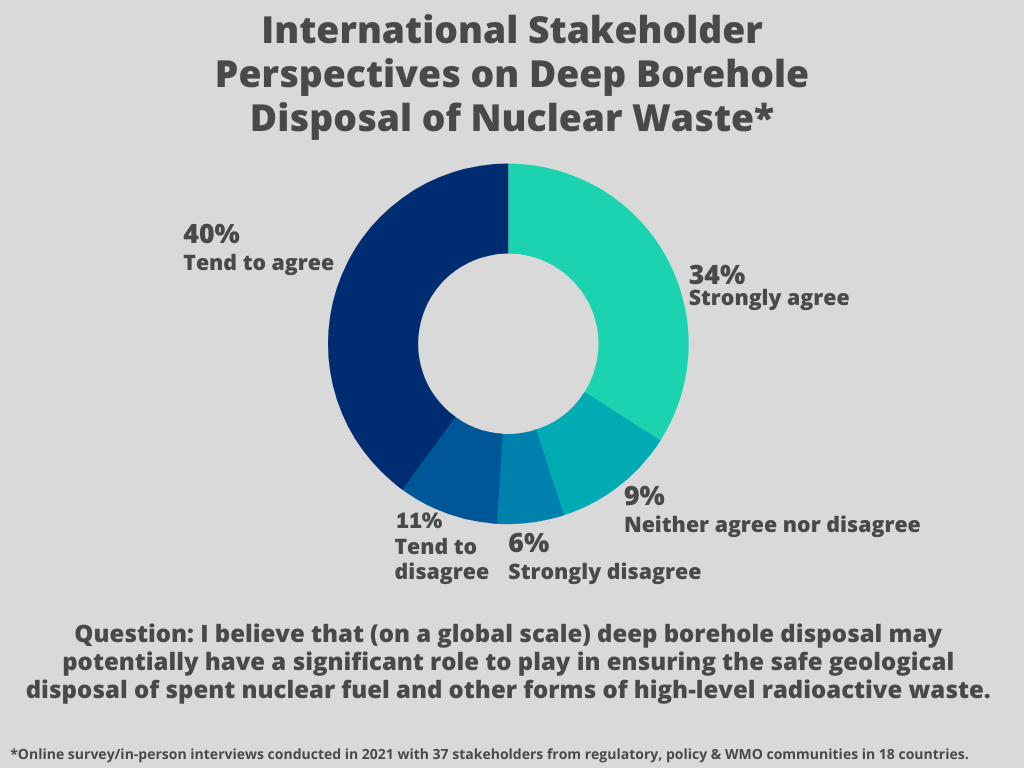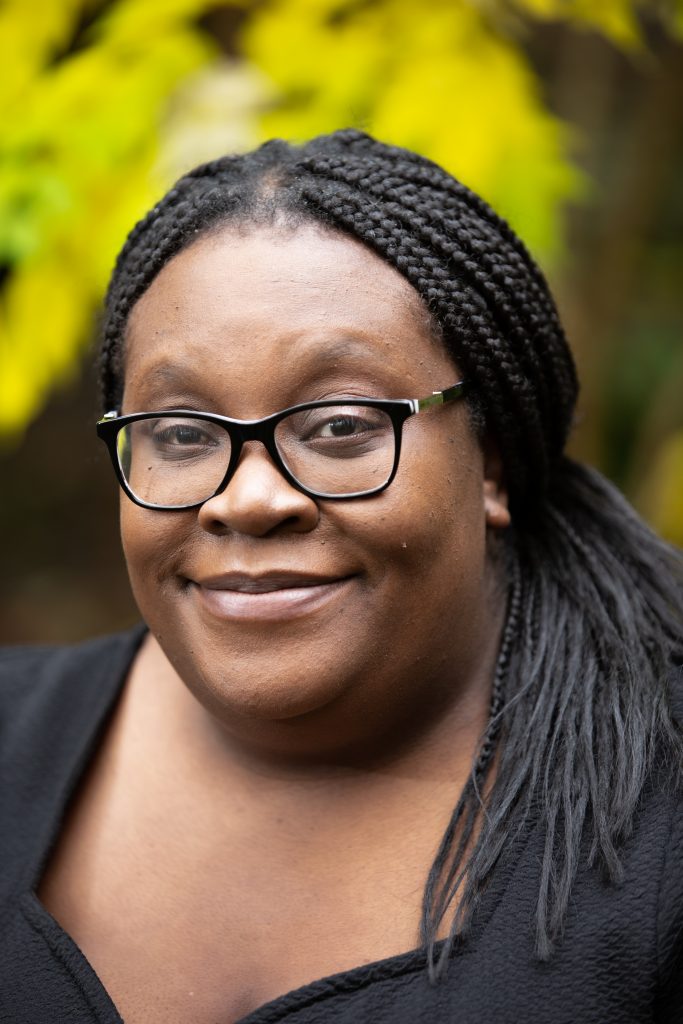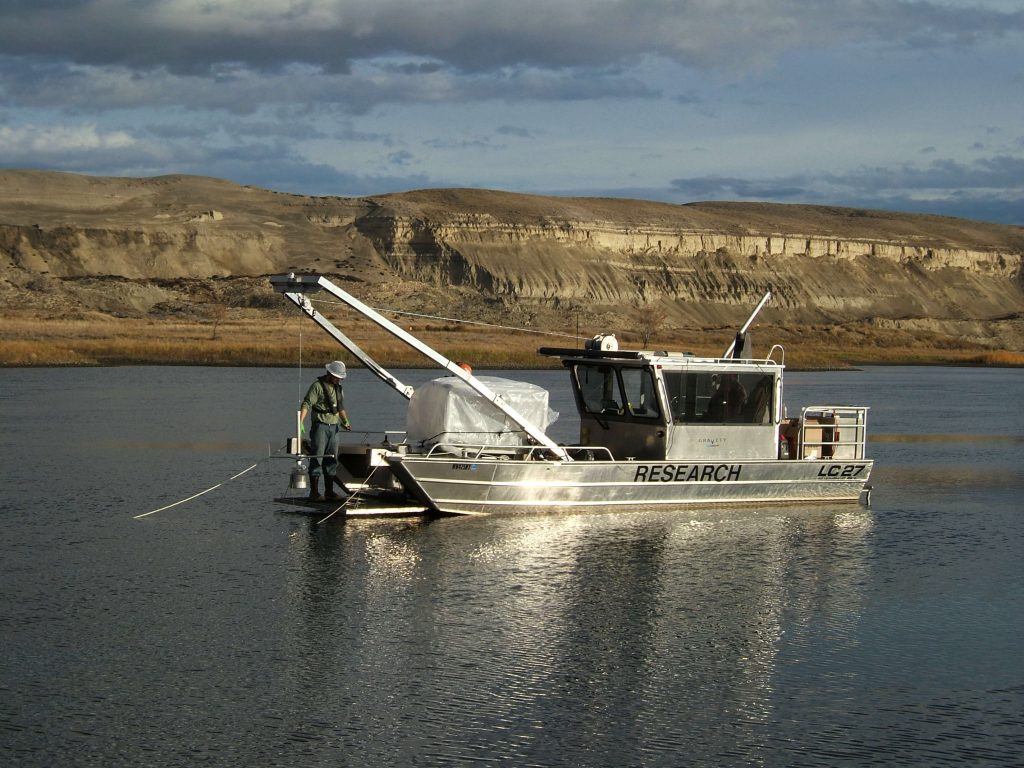The resurgence of nuclear power, driven in part by the growing demand for power industries like AI data centers, has once again brought to the forefront the question: What do we do with the nuclear waste? As detailed in a recent Wall Street Journal article, nuclear energy is an important part of the U.S. energy landscape, with nuclear reactors continuing to provide almost 20% of U.S. electricity and producing about 2,000 metric tons of waste each year.
Currently, more than 90,000 metric tons of nuclear waste sit in temporary storage across 39 states, including spent fuel pools and dry casks. These storage solutions were never intended to be permanent, and the failure to create a permanent geological repository has already cost taxpayers billions. Without a permanent disposal solution, the viability of the nuclear expansion needed for economic and strategic leadership is at risk.
The urgency of this issue is underscored by the recent deliberations of the U.S. Supreme Court concerning the Nuclear Regulatory Commission’s (NRC) authority to license temporary off-site nuclear waste storage facilities. As reported by Reuters, earlier in March, the justices heard arguments in a case challenging the NRC’s licensing of a facility in western Texas. The outcome of this case could have significant implications for the future of nuclear waste storage in the U.S.
It’s clear that the U.S. needs to address the waste issue. Resolving this challenge is crucial for public confidence, environmental safety, and the long-term success of America’s nuclear renaissance. Without action, nuclear growth will stall, and the U.S. will cede leadership in the sector to global competitors.
As the Wall Street Journal article notes, other countries like Finland, France, and Canada are progressing with deep geological repositories to store nuclear waste safely and permanently. Finland’s Onkalo repository, set to open in 2026, is already considered the world’s first permanent waste disposal solution for spent nuclear fuel. In contrast, the U.S. remains stalled, unable to move forward with long-term disposal plans since the Yucca Mountain repository effort was halted in 2008. Even consolidated interim storage has been delayed by legal challenges stemming from a lack of disposal sites. The reality is that temporary storage only delays the inevitable and we need a permanent solution for spent nuclear fuel that can safely contain it for generations.
That’s where Deep Isolation comes in. As a first-of-its-kind company committed to finding sustainable, safe, and permanent solutions to nuclear waste, we’ve developed a deep borehole disposal method that safely isolates spent nuclear fuel deep underground, which can be adapted to work in a number of different geological settings. Unlike conventional repositories that require excavating large tunnels in a mine, Deep Isolation’s approach leverages directional drilling technology to place waste approximately a thousand meters or more underground within stable geological formations. These deep borehole repositories can provide substantial isolation for many types of high-level radiological waste in a wide range of locations. Because it can be implemented modularly, it is well suited for smaller inventories of waste or as a complement to an existing repository.
This innovative approach has gained traction globally. Deep Isolation has formed partnerships with governments and organizations in the U.K., Europe, and the U.S. to advance feasibility studies and prototype development. Our Universal Canister System (UCS) is designed for the safe storage, transport and disposal of spent nuclear fuel from advanced reactors. Once encapsulated in a UCS, the spent fuel from any advanced reactor will be both safe and future-proofed – that is, ready for any option the waste owner may choose in the future: long-term storage, disposal in a mined geological disposal facility or disposal in a deep borehole repository.
By working with international regulators and nuclear agencies, Deep Isolation is proving that deep borehole disposal is not just a theoretical concept – it’s a practical, deployable solution that could be implemented in the near future. The technology has been rigorously tested, and our approach offers a proven, long-term solution that can be implemented faster and more affordably than traditional geological repositories.
It is time for the U.S. to take the lead and embrace innovative solutions like deep borehole disposal. We can’t afford to keep deferring action, hoping that future generations will solve the problem. We need political will and public trust to make this a reality.
As we continue to push for permanent nuclear waste storage solutions, we urge policymakers to prioritize the future of energy and environmental safety over political gridlock. Let’s work together to ensure that the nation’s spent nuclear fuel and high-level radioactive waste management offers safe, viable, cost-efficient options for the generations to come.
The time for action is now.
Related posts
How Deep Borehole R&D is Tied to Future of Advanced Reactors
Advanced Nuclear Expands Clean Energy Options in a Power-Hungry World
Combating the Climate Crisis: Advanced Nuclear Energy Policy
Disposal Impasse Impacts the Future of Next Generation Reactors

